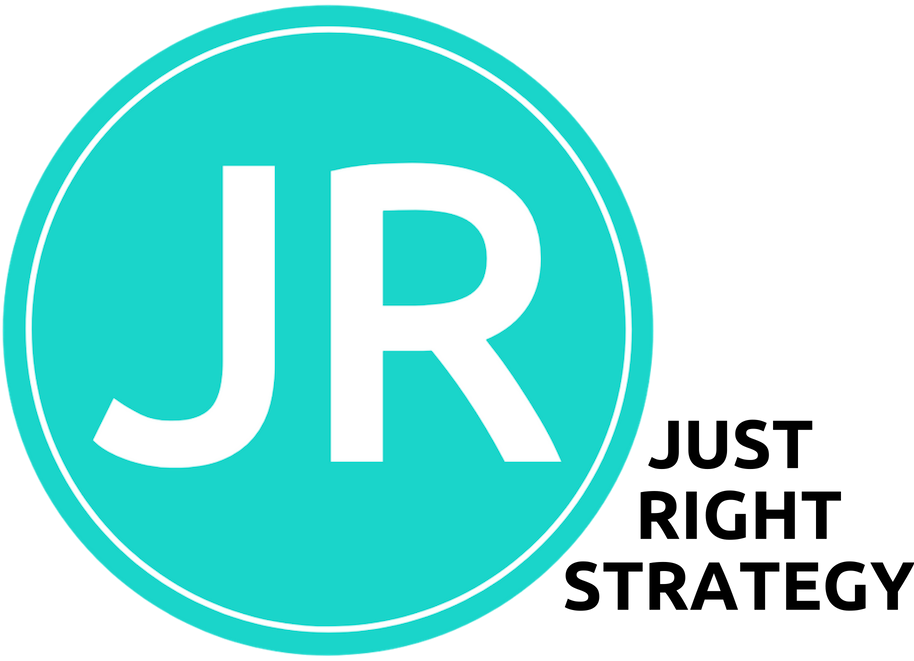Learning and changing for a traditional audience
 Last September my newsroom took a jump into an uncharted path of merging social media with broadcast. We had had moments of success leading up to the U_News show that gave us the bravery to do things differently. We had a schedule opening after Oprah ended her show. That's when we launched U_News@4 #SarahHill. We blended conversations online and on air using social media and Google+ hangouts. As our online audience grew around the world, our local audience never caught on quickly. In a world where traditional broadcast still relies on the majority of its funding from on air advertisement, our station continued to look for a way to create a new show and new revenue opportunities.
From the start, our team tried to learn and create without having access to analytical data that can show us the potential financial opportunity that hides inside social media-based audiences. U_News anchor, Sarah Hill, has steadily grown as a powerhouse of interactivity with an online and on air audience. If you've ever watched her juggle an on air segment and casually speak with a Google+ hangout during sound bites and commercial segments, you'll see an incredible ease to communicate with two different news audiences. That ease doesn't exist in the sales world. At least not yet. How can we take the power of her 900,000+ circles inside Google+ and translate that into funding for our news station? We don't have answers just yet.
Last September my newsroom took a jump into an uncharted path of merging social media with broadcast. We had had moments of success leading up to the U_News show that gave us the bravery to do things differently. We had a schedule opening after Oprah ended her show. That's when we launched U_News@4 #SarahHill. We blended conversations online and on air using social media and Google+ hangouts. As our online audience grew around the world, our local audience never caught on quickly. In a world where traditional broadcast still relies on the majority of its funding from on air advertisement, our station continued to look for a way to create a new show and new revenue opportunities.
From the start, our team tried to learn and create without having access to analytical data that can show us the potential financial opportunity that hides inside social media-based audiences. U_News anchor, Sarah Hill, has steadily grown as a powerhouse of interactivity with an online and on air audience. If you've ever watched her juggle an on air segment and casually speak with a Google+ hangout during sound bites and commercial segments, you'll see an incredible ease to communicate with two different news audiences. That ease doesn't exist in the sales world. At least not yet. How can we take the power of her 900,000+ circles inside Google+ and translate that into funding for our news station? We don't have answers just yet.
In January, the hour long U_News broadcast was moved from 4pm to 11am and moved to a 30 minute format. The interactivity and show content remained similar. But it wasn't enough of a change for our traditional audience. Instead of canceling the show, we're making more changes. KOMU plans to scale back on how we present interactivity in a way our audience is more willing to accept. U_News' major changes are the show's time (noon), name and format changes to boost its professionalism. The dominance of social media will be toned down. But it isn't canceled and we will continue to use Google+ and other social media tools. This is partly the challenge of bringing new delivery to a traditional space. It's also proof of the challenge of creating audience in new ways but not having the ability to measure the audience for sales to find non-traditional ways to fund the newscast.
The biggest lesson we've learned: When you try to launch new efforts on the news side of a broadcast environment, you need the sales side to also innovate.
Our efforts to bring more education and awareness to our market isn't over. We will continue to share our skills with the community and encourage more participation in our market. So if you hear how KOMU's interactive newscast was canceled, that's wrong. It's moving, it's constantly changing and because I'm lucky to work here, we'll continue to share the lessons we're learning.
I'm lucky to work in a newsroom that is willing to take risks. I'm lucky to work in an industry that is trying to find ways to be flexible with an increasingly inflexible funding base. I'm also trying to learn how to better blend my skills with the growing entrepreneurial nature of the industry. Where do you balance your drive to do good journalism while seeking out funding in a traditional environment? Is the traditional newsroom more motivated to find non-traditional funding? If so, when it is right or wrong to cross the line of journalist versus sales? I'm not sure. So I'm hoping to keep track of how other broadcast stations are innovating and blending online and on air and finding ways to monetize. My favorite person of late is Matt Markovich at KOMO News in Seattle. He's playing with live online broadcast and finding ways to gain sponsorship and an audience. It's fun to watch and I hope KOMU will continue to experiment and report back what we're learning.
At the same time, we aren't backing away from the communities we've built and continue to build online. It may look different on air, but we will continue to learn, grow and help as journalism changes.
